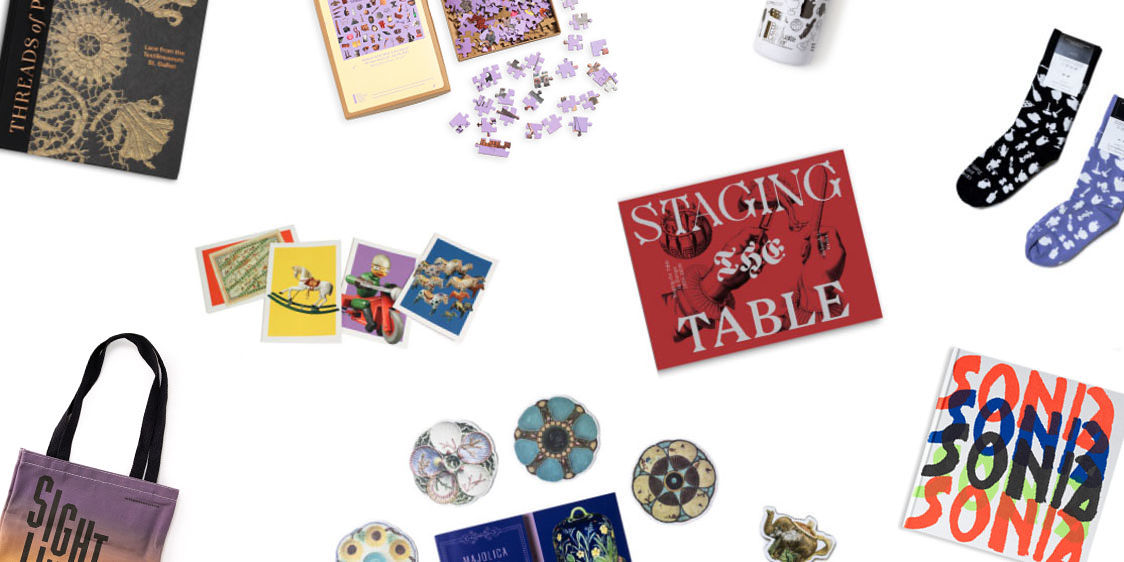
“History” is one of those everyday terms that is a lot harder to analyze than it is to use. Does it refer, for instance, to what happened in the past or to the means—in fact, to only one of the means—developed for recounting what has happened in the past? How related is “history” to writing? What is the relation of the person to the past? What is the value of the past for the present? Can there be a history of the present? On the one hand, the present is, precisely, not yet past and, on the other, between the beginning of this sentence and its end the present has, in fact, become the past. These are big questions, though usually not questions that scholars of the past spend much time on, assuming as they do that they are all solved.
The research theme for 2019–20, “Whose story?” focuses on another of these basic questions (following upon distance and period). Who makes history? Who writes history? Who are—or who should be—the subjects of history? Who, if anyone, owns the history that is made or the history that is written? If distance makes history possible, it also suggests that history is somehow the realm of the objective and dispassionate. In fact, history is a fiercely contested battlefield; sometimes it seems like a peaceful landscape strewn with minefields that detonate each in their own time, and sometimes it is a landscape shaped by contentiousness and gouged by wounds from the very start.
And then there is the question of “story.” This might be another one of the aspects of history that is more assumed than understood. For students of things, story stands in a particularly complex position. Right at the very beginning of a formalization of historical scholarship that actually made space for things, Francis Bacon in The Advancement of Learning distinguished history written from written sources from history written from things, and “from passages of books that concern not story.” Lists, inventories, fragments, genealogies, inscriptions—none of these things were stories, but they made it possible to write stories about the past. The very recent “material turn” has been marked by efforts to imagine the “biographies of objects” as if things had stories.
If we put the “whose” and the “story” together we stand in a place that faces towards some of the most interesting questions of method, and questions that have been asked from the beginning of writing about the past. Equally, when we put the “whose” and the “story” together we stand in a place that enables us to ask some of the most pressing political questions of our day. How scholars deal with the present affects how they deal with the past. Our research question for 2019–20 aims to stir new thinking about how to study the past through things.











